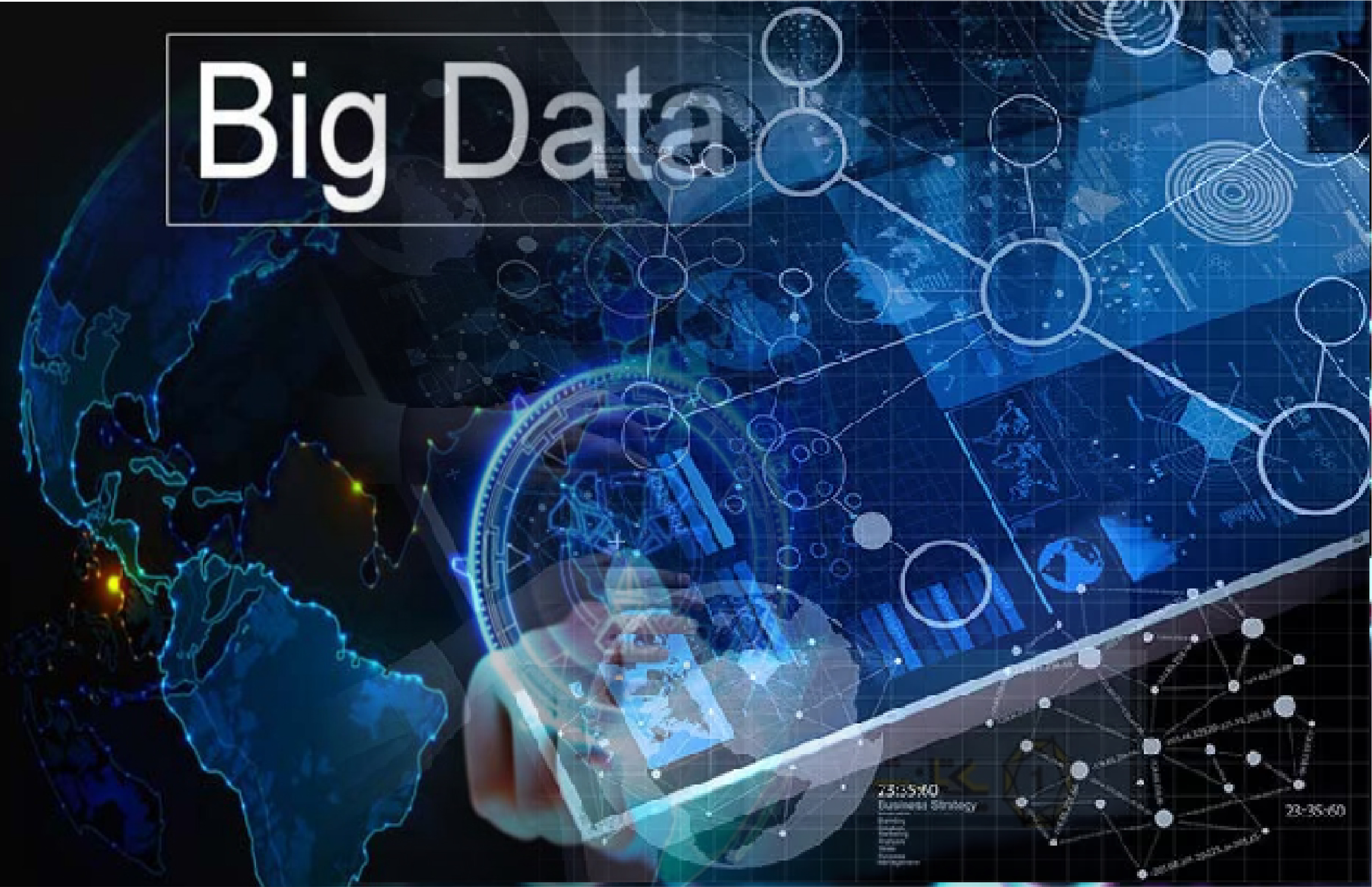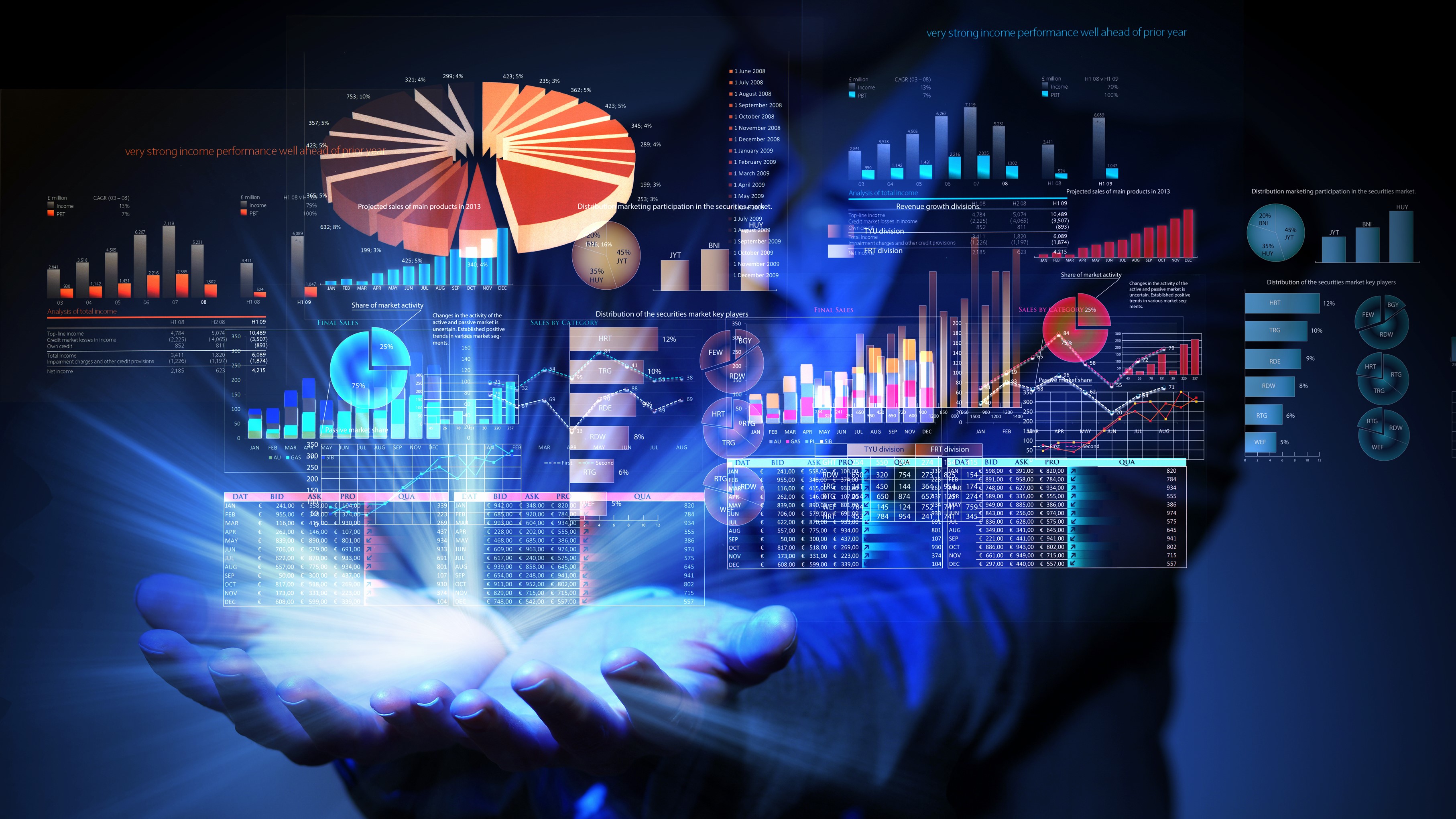Big Data and Data Analytics

Figure1: Big Data and Data Analytics Abstract
Nowadays Organizations and companies are realizing the importance of information in large amounts, in order to make right decisions and also as we witness that the digital data is growing rapidly. The term ‘Big Data’ is concerned about the large amounts of data produced by different sources. This article identifies and describe one of today’s most growing and much required field called ‘Big Data’ alongside techniques and technologies required for analyzing Big Data so called ‘Data Analytics’. Moreover, we have described the future, impacts and challenges of/toward Big Data utilization.
1. Introduction
As all we know that we are living today in informational society and dealing with different types of digital data coming from several kinds of resources. For instance, climate, scientific, energy consumption, social media, banking, education, travel, insurance, CCTV, GPS data, etc. for an organization which deal with some or all the above mentioned types of data, in their regular operations they need to make effective and efficient decisions, in order to do so they need to gather different types of information from different resources and so forth analyze it. A typical example would describe the term further and here is the one, in today’s market the customer race is on. For a company to view their customer’s experience clearly, they need to gather data about their customers’ social media, web visits, call logs, personal interest, location and so forth to improve their knowledge that what the customer actually need.
The term ‘Big Data’ refers to the collection of different types of data produced by heterogonous resources. Another definition of Big Data is, it refers to sets of complex and massive amount of data which could not be analyzed and proceed by typical data software and tools.
In other words, the term ‘Big Data’ refers to a massive volume of structured and unstructured data which gathered and could be analyzed by new methods and tools in order to produce meaningful values for the organizations. Structured data comes from internal database of organizations while unstructured data comes from social media, GPS, whether, traffic etc.

Figure2: Big Data infrastructure
2. Which Data could be considered as ‘Big Data’?
Big Data can be described by the following characteristics:
2.1. Volume- this is essentially concerns the large amount of data generated, stored and operated within the system.
2.2. Variety- refers to heterogonous sources and the types of data managed by an information system.
2.3. Velocity- the term velocity refers to the frequency of generation of data that How fast the data is generated and processed to meet the demands.
3. Big Data Use Cases
3.1. Product Development
Companies like Netflix, amazon, Gamble, etc. use big data to anticipate customer demand. By classifying main attributes of product of or services and then by modeling the relationships between those attributes and commercial success, they build the predictive models for new products and services.
3.2. Healthcare
When a patient is suffering from multiple diseases and have complex medical history, the doctor would get faced with difficulty in order to make decision unless collect the heterogonous data and perform predictive analyze and make decision.
3.3. Security intelligence
Organizations with several customers, staff, government officials, stakeholders, etc. avoiding cyber attackers and hackers form accessing the sensitive information is a big challenge, which could be solved by using big data to identify who the user is?
4. Data Analytics
The term ‘Big Analytics’ refers to the method of analyzing massive amount of data or big data. It focused on extracting insights from data, Or the ‘Data Analytics’ comprises the process, tools and techniques of data analysis and management including the collection, organizing and storage of data. R, python, SAS, power BI are the tools. Where predictive, descriptive, perspective are the methods used in data Analytics.
5. Big Data infrastructure
Big data infrastructure refers to the tools, agents and technologies that collect data, software systems and physical storage media which store data, the network which transfers data, and the application environments which host the analytics tools which analyze data and the backup or archive infrastructure that backs it up after analysis completion process.
6. Big Data challenges
6.1. Lack of Massive Data Professionals
On order to process, analyze and store Big data the companies need to have Big data experts which is nowadays a difficult task.
Solution: Companies are required to held workshop and seminars.
6.2. Rapid growth of Data
Another big challenge is the massive data for an organization which would not be easy to be store in their database or datacenters.
Solution: in order to deal with this challenge, company is required to use data compression, Deduplication methods.
6.3. Big Cost
Despite Big Data Analytics implementation has been there for more than a decade but the cost of storing this complex data still remain as matter of concern.
Solution: New methods and algorithms are required to be developed in order to bring down the cost of storing these data.
7. Future of Big Data
7.1. Increasing in Data volume
Majority of big data professional agree that the amount of data is increasing continuously.
7.2. Dominating the Big Data space by Open sources tools
Hadoop, Spark, R, Python are the tools and technologies which would have wide usage in big data analytics.
7.3. Machine learning will be another trend to shape the future
Machine learning is basically a branch of Artificial intelligence which help computer to analyze the big data. According to world’s prominent IT research companies like Gartner and Ovum predictions has been made that machine learning will be an essential part for data preparations and predictive analysis for profitable business.
7.4. Cloud computing will have wider usage
Cloud solutions are vastly scalable and Hadoop technologies which are allowing data to be analyzed within the cloud which provides a cheaper solution.
7.5. Security enhancement
As digital data is increasing continuously, cybercrime will also be increasing.
For criminal detection Big data analytics would be added to security strategies.
8. Conclusion
As Big data is at the beginning and it is very rarely implemented, but most of companies are trying to get there.
There are many definitions about big data but there is no single accepted definition. Big data analytics have perfect data management solutions for enterprise companies dealing with heterogonous data.
In order to implement big data analytics, the companies need to have the big data infrastructure.
As digital data is increasing so big data would have wider usage in different Fields of tomorrow’s informational society.
Prepared by,